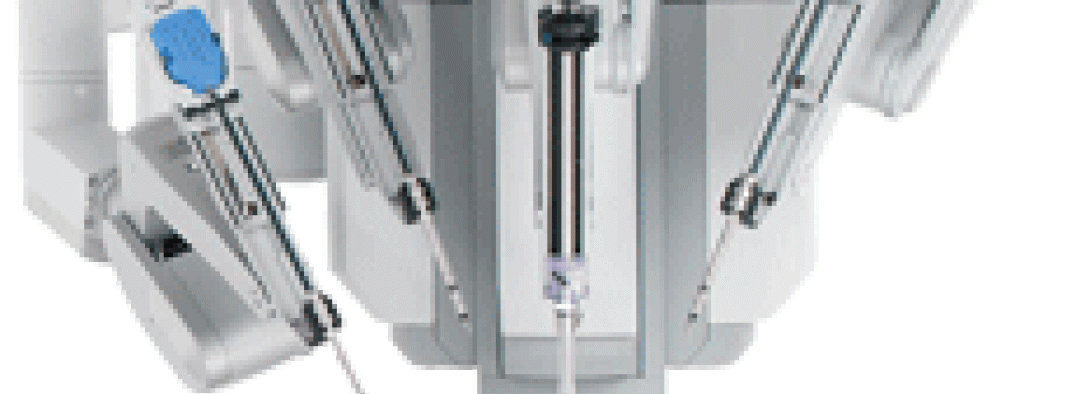Our goals in this research project are to determine the significance of performance of inanimate tasks as a marker for robotic proficiency and assess the utility of inanimate task training on robotic skill performance. We aim to establish standardized tasks for training, define accurate metrics for performance, and assess motor skill acquisition in virtual and real environments.
Robot-assisted surgery offers distinct advantages and is rapidly being applied to a diverse range of surgical procedures. However, teleoperation inherently decouples the surgeon from the patient. While robotic-assistance permits a more natural, intuitive interface in comparison to standard laparoscopy, there is still a significant learning curve in mastering the technique. In addition, the advantages of the robotic system are further limited by the lack of tactile and kinesthetic information transmitted to the surgeon. Given this lack of sensory feedback, more emphasis is placed on interpreting visual cues and understanding robotic movement during performance.
We propose that robotic performance of standardized inanimate tasks directly correlates with robotic surgical performance. Furthermore, we hypothesize that standardized inanimate skills training directly affects robotic performance and can shorten the learning curve for robotic surgical skill acquisition. We expect that improved performance of standardized inanimate tasks positively affects robotic surgical performance. We aim to develop tools to qualitatively and quantitatively measure robotic surgical performance and create models for motor skill acquisition. In this collaborative effort among Rice University, Methodist Hospital, and Baylor College of Medicine, we first plan to develop test beds for robotic surgical training. Then, by acquiring kinematic data of surgical trainees and expert robotic surgeons performing specific tasks, we aim to develop objective metrics for performance through motion analysis. We will then correlate inanimate performance to clinical proficiency. Applications of this work include optimizing strategies for robotic surgical training programs, creating standardized methods for evaluating skill acquisition, and ultimately improving robotic clinical performance.

